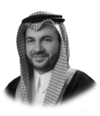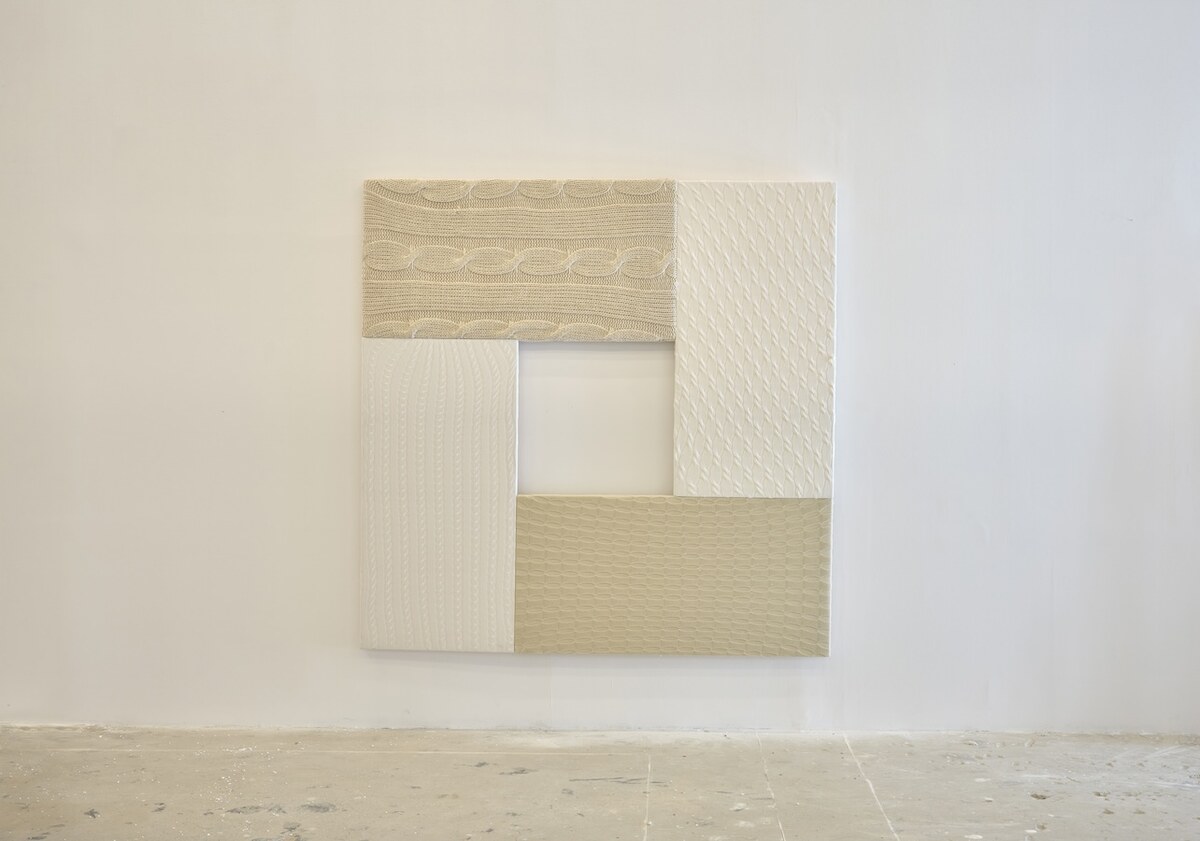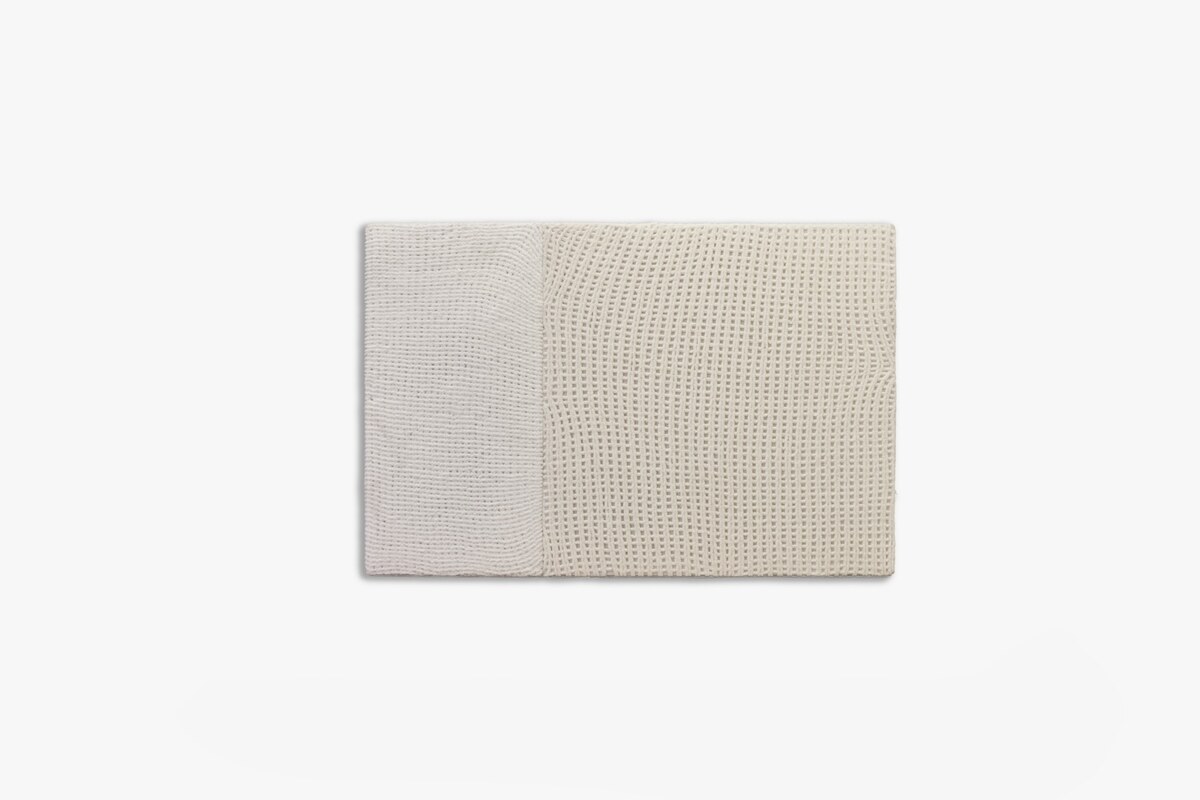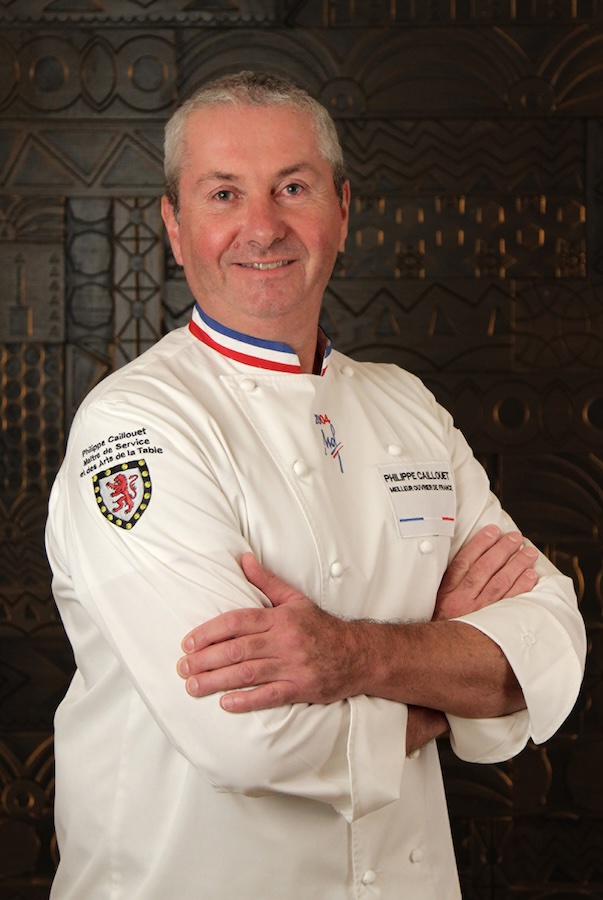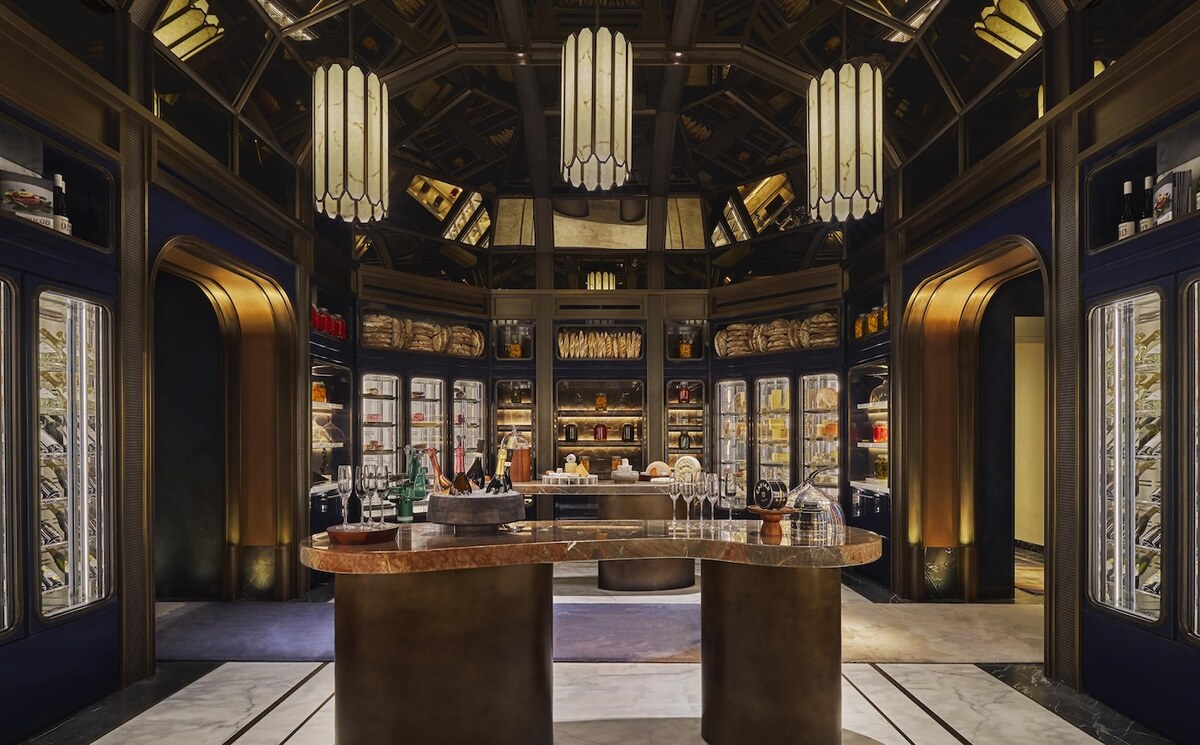Wetlands offer a guide to our environmental health

https://arab.news/23nhu
Freshwater ecosystems around the world are under intense pressure owing to a warming climate, pollution and declining biodiversity. Indeed, some 35 percent of wetland areas were lost between 1970 and 2015 — a rate three times faster than deforestation.
Of the remaining wetland habitats, 65 percent are deemed to be at moderate to high risk, while 37 percent of the world’s rivers that stretch more than 1,000 km are no longer free flowing throughout their entire length.
Freshwater habitats support more than 10 percent of all known species, including approximately a third of vertebrates and half of all fish, despite covering less than 1 percent of the Earth’s surface.
This diversity of life contributes to the cycling of nutrients, flood control and climate change mitigation, offers a bioindicator of wetland quality, and supports the culture and livelihoods of billions of people worldwide.
Freshwater ecosystems are increasingly degraded by pollution and land conversion for agricultural purposes, water extraction and the construction of dams, which also block fish migration routes.
Overfishing and the introduction of invasive alien species have also played a notably significant role in driving extinctions.
For more than 20 years, extinction risk assessments of bird, amphibian and mammal species from the International Union for Conservation of Nature’s Red List of Threatened Species have been crucial for tracking biodiversity trends and informing conservation policies.
However, freshwater fish and invertebrates have received minimal attention or investment from the conservation community.
Consequently, recent target-setting for freshwater systems has primarily concentrated on abiotic hydrological measures, such as water use and quality. This reliance assumes that terrestrial species data can effectively represent freshwater species.
Freshwater fish and invertebrates have received minimal attention or investment from the conservation community.
Hany Tatwany
However, evidence shows this approach is often inadequate, especially when the surrogate species are from different environmental realms. Furthermore, the validity of using abiotic surrogates for assessing freshwater biodiversity remains largely untested.
Until recently, freshwater habitats have not been given the same priority as their terrestrial and marine counterparts in global environmental governance and have often been included within either terrestrial or marine systems despite evidence of their distinct management needs.
For example, the UN Sustainable Development Goals primarily focus on terrestrial and marine biomes, even though freshwater species are vital to achieving these goals.
As nature’s contributions to people, known as NCP, are integrated into conservation policies, management and sustainability frameworks, it is essential to recognize that the role of wildlife remains significantly underrepresented in the scientific understanding underpinning these efforts.
Aligning existing evidence with the NCP conceptual framework will demonstrate that wildlife directly supports human well-being, from providing ecosystem services and addressing climate change to combating food insecurity.
The contributions of wildlife to people, known as WCP, refer to these benefits. Unfortunately, existing knowledge gaps pose a risk that undermines our policy and management initiatives, preventing us from meeting our NCP, biodiversity and sustainability goals.
Enhancing wildlife monitoring and modelling is essential for understanding WCP in both terrestrial and aquatic environments. Addressing taxonomic, geographic and cultural biases in research is equally important.
These actions will help align biodiversity protection with NCP policies, fostering sustainable relationships with nature and balancing environmental protection with human well-being. In the process, we can rescue our wetlands from oblivion.
• Hany Tatwany is a highly knowledgeable conservationist with more than 38 years of experience in biodiversity conservation.




